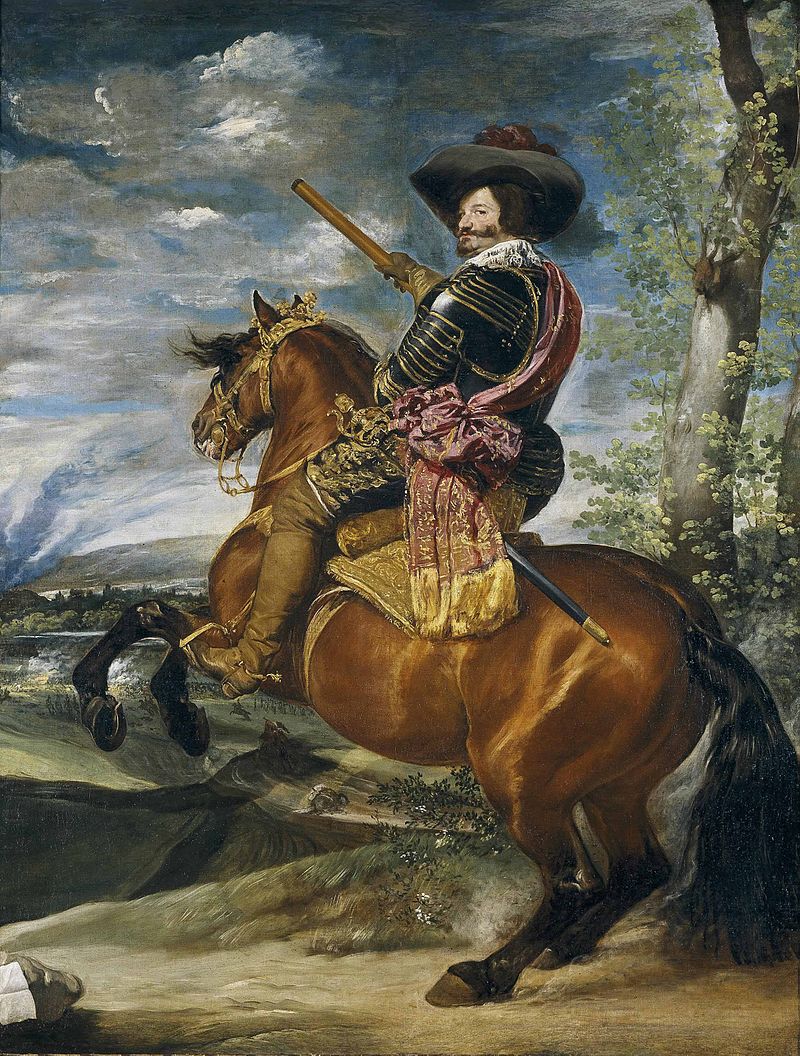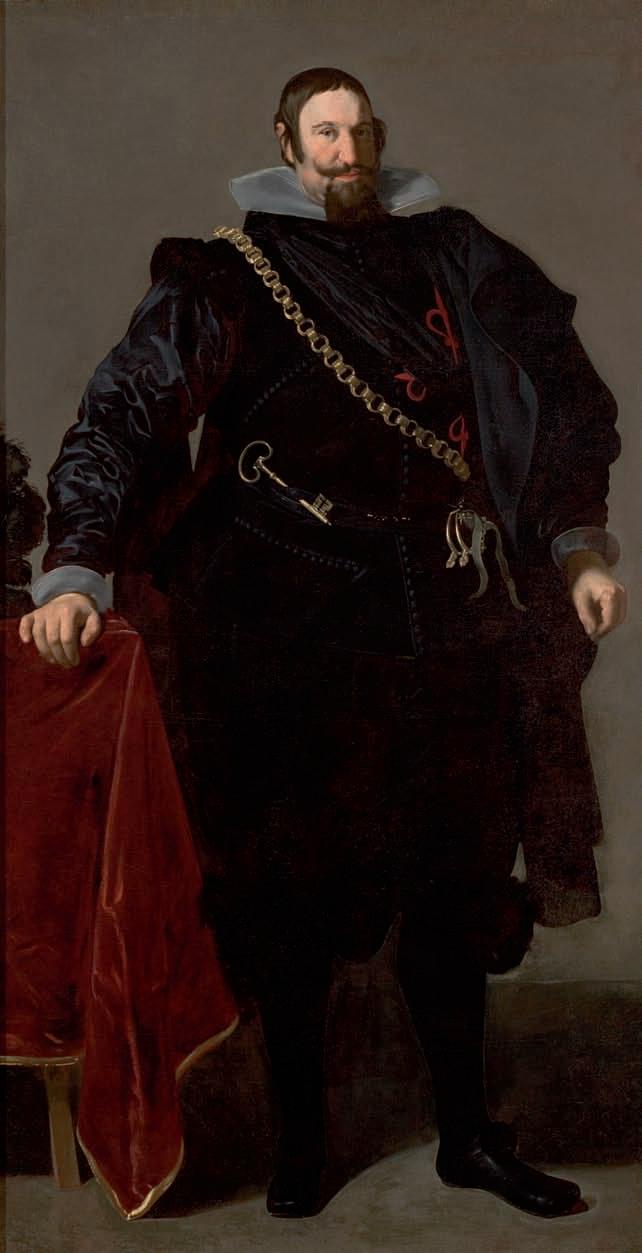But if I may crave a moment of your time....
To exaggerate and condense somewhat: the Middle Ages in Europe didn't have science, they had natural philosophy. This leads to interesting conclusions.
St Hildegard of Bingen wrote about the origins and potency of crystals and gemstones in the Physica, or Book of Simple Medicines. I'm taking this translation from Mark Atherton's Selected Writings published by Penguin Books.
All gemstones contain energy and moisture. They terrify the devil, who hates and despises them because he remembered that their beauty appeared in him before he fell from the glory which God had given him, and also because some precious stones are created from the fire and energy in which he himself has his punishments. It was in fact by fire that the devil was defeated, through God’s will, and he fell into fire, just as he is also defeated by the fire of the Holy Spirit whenever people are rescued from the devil’s jaws through the inspiring breath of the Holy Spirit.
Precious stones and jewels have their origin in the East, and in those areas where the heat of the sun is particularly strong. The mountains that occur in such areas have a great heat, like fire, which comes from the heat of the sun; similarly the rivers that flow in these regions are always boiling hot, due to the same great heat of the sun. Accordingly, when at times the rivers flood and break their banks, increasing in volume and rising up to the mountains that are burning with the great heat of the sun, and when these come into contact with the rivers, then, in those places where the water makes contact with the fire, they throw up a kind of foam, in other words they ‘singelent’, that is, send out spray, just as a burning piece of iron or stone does when water is poured on it. And so the foam hangs in those places like ‘glitten’ or glue, and within three or four days hardens into stone. When the flood of waters has ceased and the waters have resumed their normal courses, then the drops of foam, which remain hanging at various locations in the mountains, are dried by the heat of the sun according to the various hours of the day and their corresponding temperatures. The stones therefore assume their colours and powers according to the temperature of the hour of the day at which they are formed, and once they have dried and hardened into precious stones, they drop like scales from their locations and fall into the sand. And when the rivers rise again in flood, they carry away the gemstones and deposit them in different regions, where eventually they are found by human beings. Owing to the many gemstones which they bring forth in this way, these mountains shine as bright as day.
.....
In this way, then, precious stones are made out of fire and water; they therefore contain energy and moisture within them and they have many powerful qualities and effects, so that many actions can be carried out with them. These actions are nevertheless good and honest and useful to human beings, and not works of seduction, fornication, adultery, hostility, murder and the like, which are vices in opposition to human beings. For it is the nature of precious stones to seek the honest and useful and reject the evil and false in human beings, in the same way that the virtues throw off the vices, and in the same way that it is impossible for the vices to act in conjunction with the virtues.
All a bit like that, really.
So: let's say crystals can heal you quite reliably and have naturally very useful properties.
But only if you believe in the true faith.
And certain crystals only work for certain ailments.
And they don't seem to work terribly quickly.
And precious stones are still sort after and expensive.
Onyx is warm and grows at the third hour of the day in thick cloud, when the sun burns powerfully but is covered by various rising clouds which prevent it from appearing through them because of their flood of waters. Thus the stone does not hold great heat of fire, but it has the warmth of the air, for its origin is in the root of the sun and the conglutination of various clouds. Onyx therefore has great virtues against illnesses arising in the air.
For dimness of the eyes and the like, or anything due to ‘augswern’ [complaint of the eyes], place good, pure wine in a bronze, copper, or iron receptacle, add onyx to the wine and ‘beizze’ [steep] it for either fifteen or thirty days. Then remove the stone, leaving the wine in the receptacle, and touch the eyes each night with a little of the wine; they will clear and become healthy.
For pains in the heart or sides, warm an onyx in your hands or close to your body, also taking wine again and heating it in a vessel over a fire; then remove the wine from the fire and hold the onyx over the steaming wine so that the sweat coming from the stone mingles with the wine. Finally put the stone in the hot wine and drink it as it is, and the heat in your heart or side will cease.
For a complaint of the stomach, prepare wine with onyx as described and then prepare a ‘sufen’ [soup] from the wine with hen’s eggs and flour. Make and eat this frequently; it will purify your stomach and make you healthy. For a complaint of the spleen, cook the meat of a goat or lamb, put the cooked meat in the wine and onyx mixture as described above and eat the marinaded meat like those dishes made by marinading in vinegar. Do this frequently; the spleen will heal and the swelling stop.
I suppose you could readily find a list on your own, but our fantasy crystal healer might propose:
Diamond or quartz as valuable in strengthening the bones.
Onyx brings relief to the bilious.
Beryl for disorders of the blood.
Smaragdus to remedy the eyes and nerves.
Jacinth for the fever.
Sapphire against poisons and venoms.
Topaz to clear the windpipe and purify the air.
Amethyst to cleanse the bowels.
Chrysophrase for the phlegmatic.
And if someone falls in a fit of epilepsy, then - right where they are lying - place a piece of smaragdus in their mouth, and their spirit will revive. And after they have got up again and taken the stone from their mouth, they should look at it attentively and say:
‘As the Spirit of the Lord has fulfilled the circle of the earth,
So may the house of my body be filled with his grace That it may never again be afflicted.’
They should repeat this again and again on the following days in the mornings, and they will be cured. But they should take care always to have the same stone about them and look at it every day in the early morning, and while they are looking at it they should say the words given, and in this way they will be healed.
And if all the above seems unlikely or preposterous, even with those conditions, even in Medieval fantasyland -
All the above only applies to Dwarves, the children of the stones.
Dwarves have good reason then to mine so greedily and so deep: they seek not only riches, but health. A dwarf with a spouse on death's door is expected to be in the mines - not because they are heartless delvers, but because this is where a cure might be found.
Incidentally, this means that when Dwarves meet human monarchs, their crowns make them look a little like a man wearing a hat decorated with aspirins.


